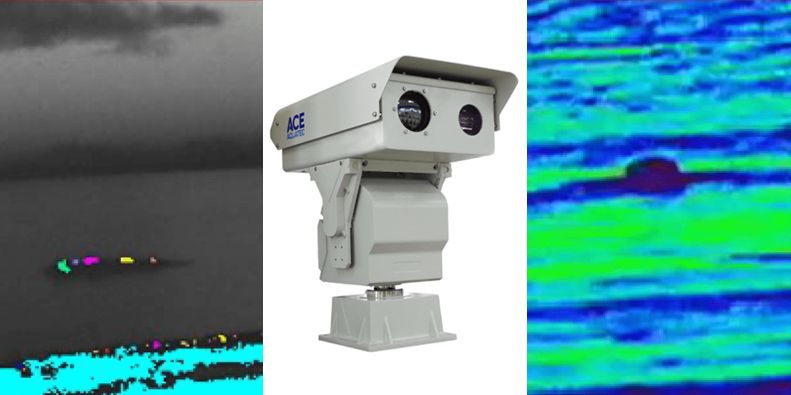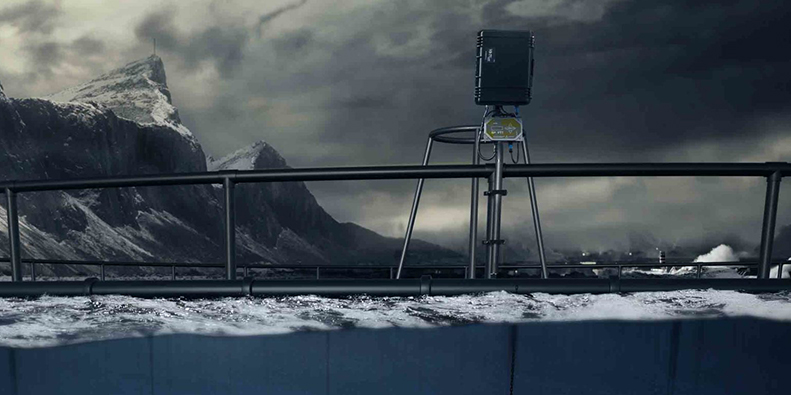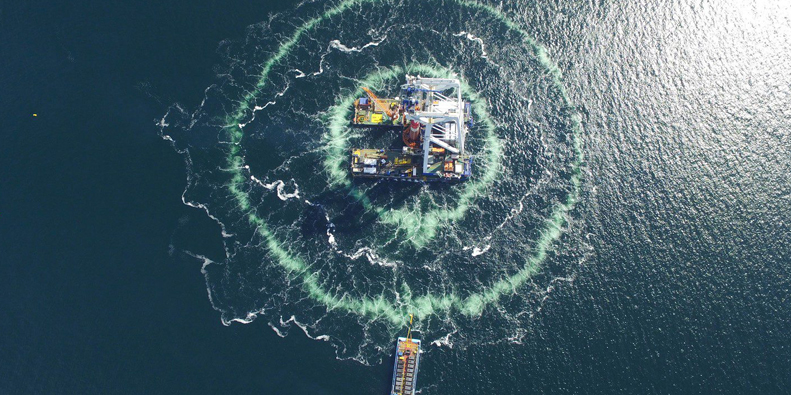Using thermal triggers to reduce marine noise output
11 August 2022

Challenge
The Marine Mammal Protection Act (MMPA) has prompted many fish farms to take a closer look at what measures they’re taking to reduce impact on their local marine environment.
One of our previous innovations – the low frequency (0.8-2kHz) ASR- RT1 system – already provides farms with an acoustic predator deterrent that avoids the sensitive hearing range of cetacean species and requires fewer devices per farm site than other deterrent options. This was a big step forward in predator control technology but we also wanted to explore others ways we could reduce sound output.
In addition to providing a low frequency option we saw another two opportunities to improve our environmental impact:
Opportunity #1: reduce how often our deterrents are active.
Opportunity #2: reduce acoustic energy output when our deterrents are active.
Solution
Reduce how often our deterrents are active.
Our first approach to reducing noise output from our acoustic deterrents was to ensure they’re only active when needed. We wanted to combine recent advances in imaging, Artificial Intelligence (AI), and automation technologies to make a specialised solution for aquaculture predator control.
Modern thermal imaging cameras can now be combined with AI image recognition software to identify predators like seals when they are approaching a farm site. We had previously prepared all our deterrent systems to accept an automated trigger so the final step was just setting up the thermal camera hardware to trigger the pre-existing deterrent software.
As well as automating the activation we also took the opportunity to develop a software update that would automate the ramp down period to ensure the deterrents wouldn’t stay on permanently after the initial automated activation. This removes the need for manual intervention by the farm staff.
The benefit of this thermal camera triggered automation is a significant reduction in the amount of sound being produced by each farm site; and importantly without exposing their fish to a higher risk of predator attacks.
Reduce acoustic energy output when our deterrents are active.
In addition to reducing the amount of times our deterrents are activated we also wanted to minimise the Duty Cycle of our deterrents while they’re on. Controlling the Duty Cycle – the percentage of time that sound is being produced – is a key lever to control when managing marine sound output.
Acoustic deterrents typically measure their Duty Cycle on an individual system level rather than at a farm site level. This is not inaccurate but it can definitely be misleading given that most sites require multiple deterrent units to protect the whole site; especially if the deterrents are low volume or operating at frequency levels higher than c.5kHz.
The outcome of this project’s goal to reduce acoustic energy output was a decision to programme our deterrents to operate intelligently with awareness of each other rather than in isolation. This means that in future if we have more than one deterrent installed at a farm site they will act as a coordinated group.
The benefit of this synchronisation is reduced Duty Cycle or a reduction in total average transmission volume at farm sites utilising more than one acoustic deterrent device.


